
Digital Concept
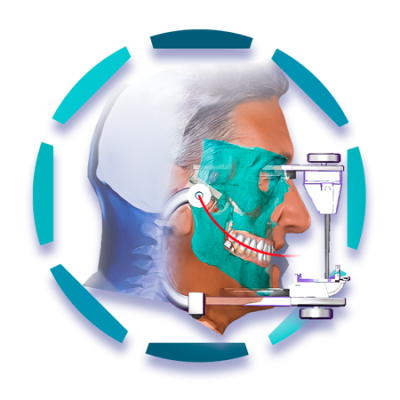
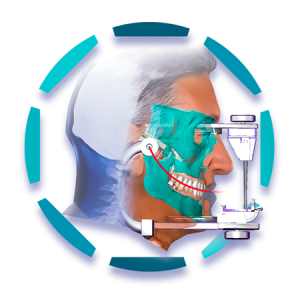
OCTA DIGITAL CONCEPT
Custom occlusion, step-by-step modeling
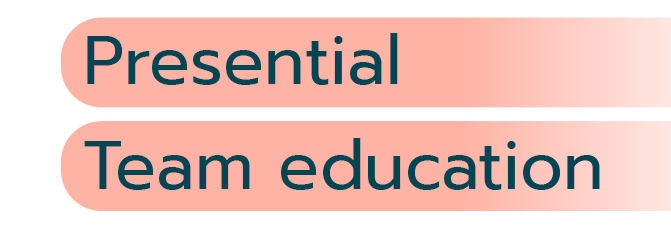
Professor J-D. Orthlieb revisits his Octa principle in the light of digital technical development in partnership with FeeL Education.
Optimize the occlusal architecture in an individualized way and realize the digital design to an extended reconstruction, in 8 systematic steps and declined them whatever the typology of the skeleton.
From the pre-requisites to the step-by-step design choices of each occlusal point, the decisions will be detailed and supported by scientific data.
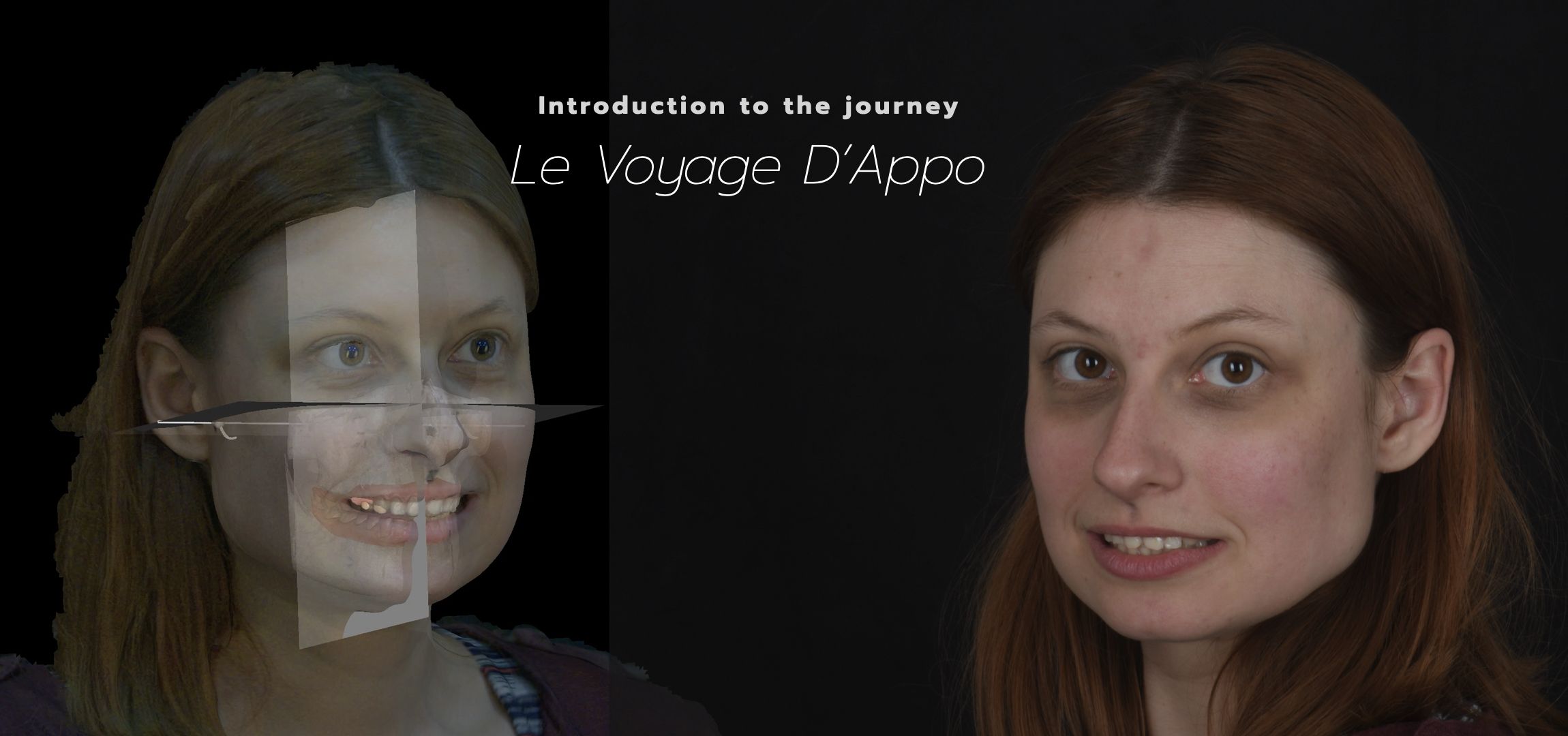
Get the complete Experience in E-learning thru Appoline’s Voyage. 3 seasons, 17 episode each.
Lectures / Live patient / Hands-on
RELEASE IN SEPTEMBER 2025

Featuring by
Prof. Jean-Daniel ORTHLIEB
From analog to Digital
Professor Orthlieb reviews the state of the art, the procedures in conventional technique, their interests and their limits.
Doctor of Dental Science, MSS, PhD,
Full Professor, past-head of the Oral Functions&Dysfunctions department.
Past- President of "International Academy of Advanced Interdisciplinary Dentistry".
Author of 150 publications, 7 books.
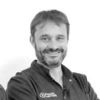
Dr Sébastien Felenc
Dental surgeon specializing in implantology and complex treatments.

Dr Josselin Lethuillier
Dental surgeon specializing in implantology and complex treatments.

Roseline Hatte
Digital Prosthetist at Modjaw
«The Octa was the state of the art for waxing a full mouth, now it becomes the OCTA DIGITAL, using the latest technologies".
- Positioning an occlusal plane
- Changing the OVD
- How to adjust an anterior guide
- Adjusting a static and dynamic occlusion
- Adjusting the incisal table of the virtual articulator
- Establish the OCTA
- Know how to analyze the clinic with a view to the constraints of the laboratory.
- Master the modelling techniques in order to carry them out or to delegate them
- Know how to design a complete dentition, save time and design
- Be able to applis this method to partial cases
- Enrich the knowledge of the designers and promote their skills to the dental surgeons.
Challenge
BUT,
are you sure about the design?
How de you build it?
On the basis of which decisions?
To what outcomes?
The practice of dentistry is enriched by digital techniques and must rely on validated scientific knowledge to express its full potential.
"However, to date there is no systematic, scientifically validated digital drawing method to guide this architectural projection step by step. »
Planning
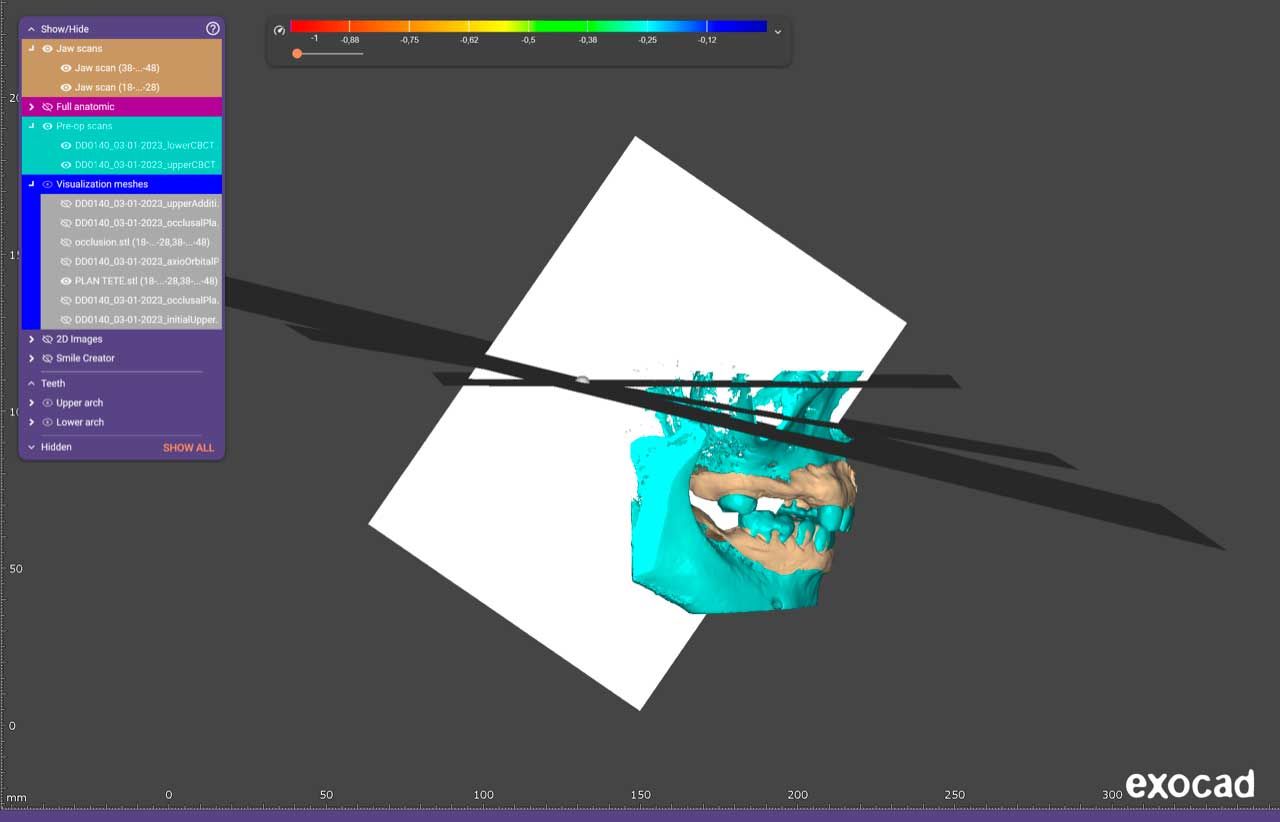
Patient's digital avatar
« Using the latest technology, but regardless of any commercial interest, we keep it simple, efficient and fast. »
Solution
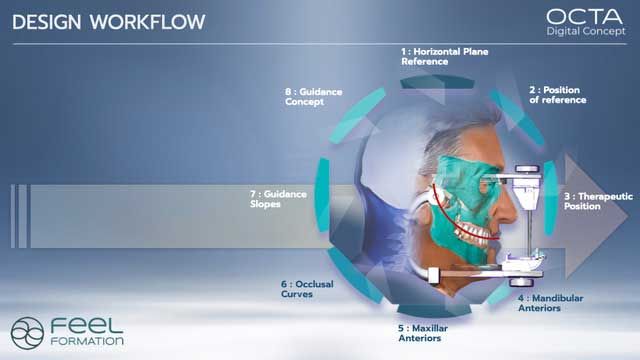
Laboratory work
The work of the laboratory is not only greatly improved but also simplified, and this allows pre-operative drawing to become widespread, thus meeting the requirements of both conventional and digital dentistry.
«This initial prospective design is absolutely essential because the rest of the therapy depends on it. Being able to design a dentition adequately is an absolutely remarkable skill»
Project Details
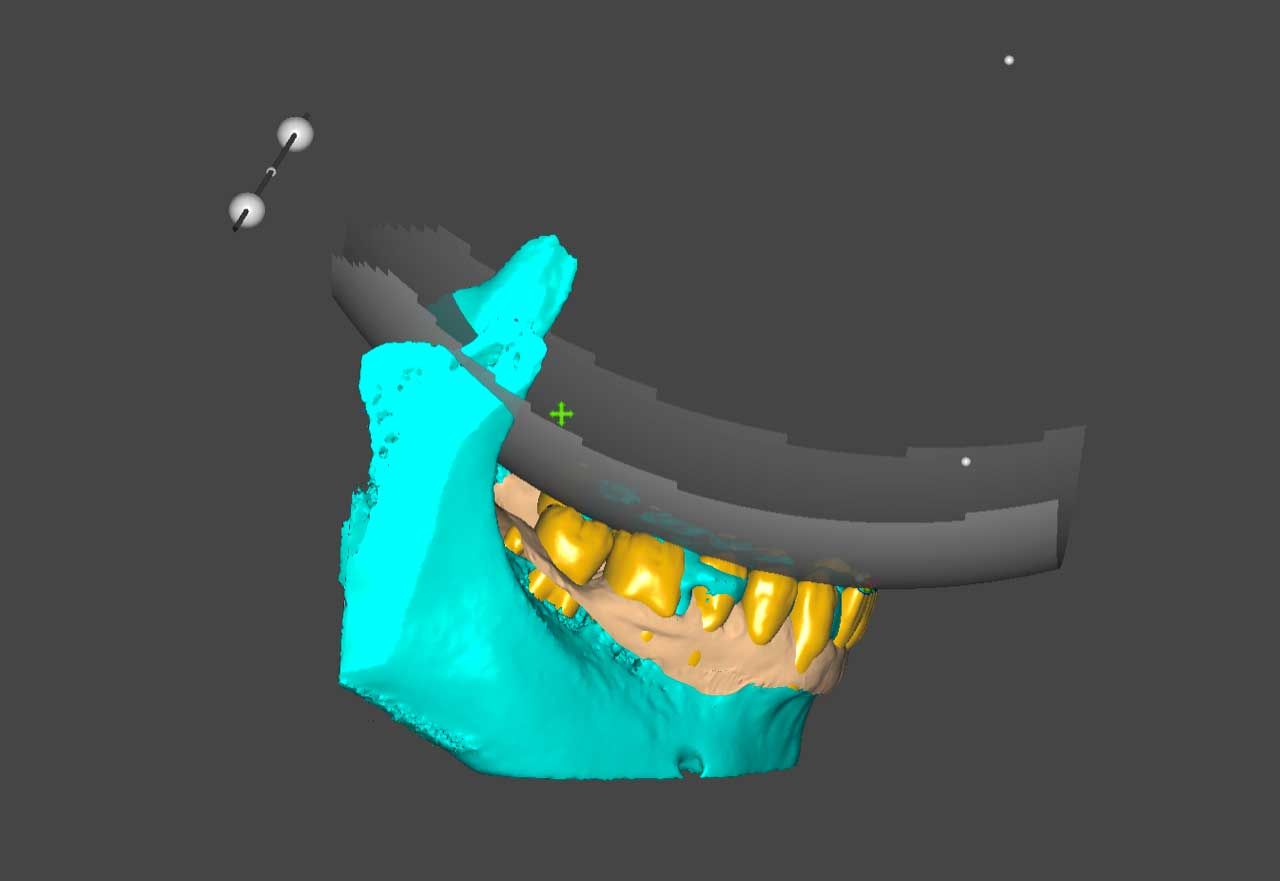
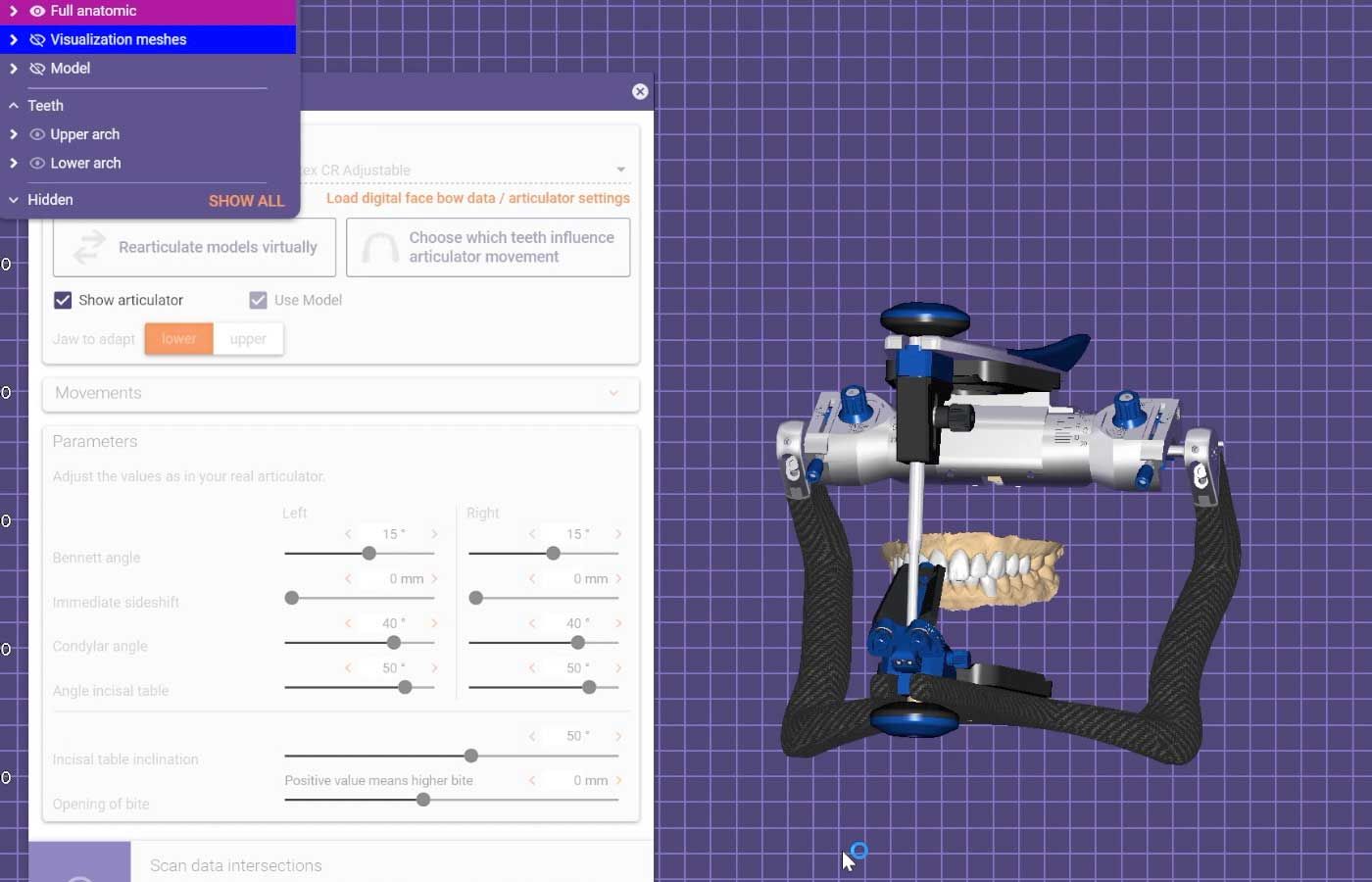
Professor J-D. Orthlieb defined 20 years ago, using the added wax technique, the eight chronological points which allow the sculpting of a complete denture in a rational and justified way.
Here we adapt the conventional protocol to the new digital tools, improving and simplifying the therapeutic modelling.
During this session you will follow and understand the digital design of a complete dentition, in 8 systematic steps and declined whatever the skeletal typology. Cl 1, 2 and 3.
Starting with the prerequisites, then following a systematic step-by-step process up to the choice of design for each occlusal point, the decisions will be detailed and supported by the acquired scientific data.
Conclusion
In a resolutely concrete approach, based on our clinical and laboratory experience, we will illustrate the subject with numerous detailed cases.
The models will be illustrated using Exocad and 3shape software. We will see how to make the best use of the latest digital tools, but we will also look at effective alternative solutions.
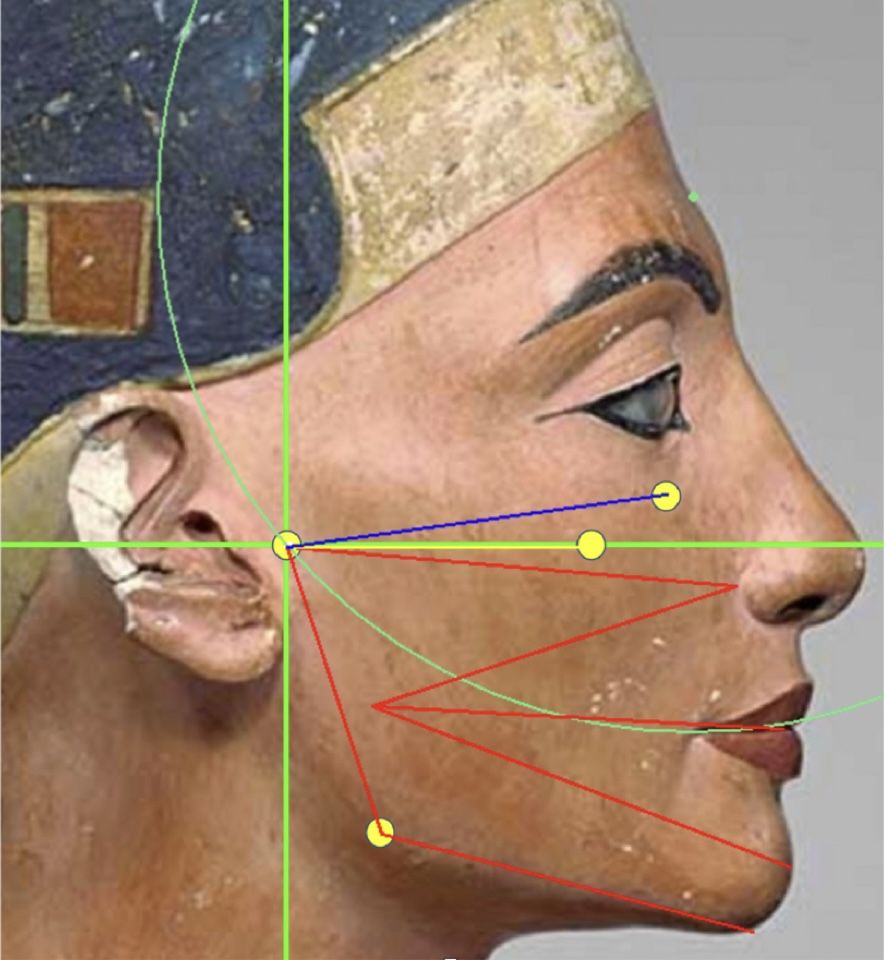
SPEEDOC - The cephalometric skin analysis
Perform easily a cephalometric analysis
&
Get the useful Info in a single shot
- VDO evaluation
- SPEE Curve radius
- NHP based and AOP comparaison
Free software to share, Mac & PC
Download here
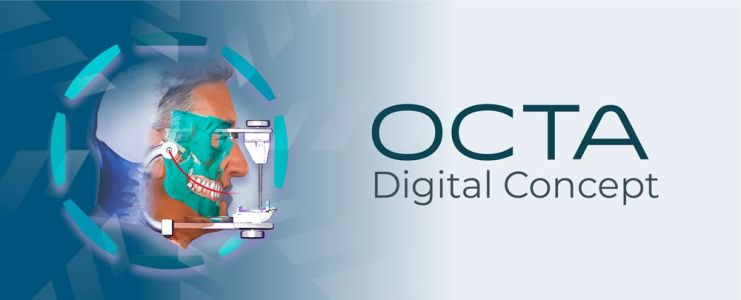
How can we help you?
-
This email address is being protected from spambots. You need JavaScript enabled to view it.